Although in countries and communities there are no legal barriers to the implementation of treatment and preventive programs associated with socially significant diseases, and equal access to treatment is guaranteed by the Constitutions and other legislation, however, association with socially disadvantaged populations, stigma, lack of documentation, insurance and registration with health facilities create barriers to access to prevention, treatment, care and support. It causes unwillingness of these groups’ representatives to cooperate with health organizations, their limited involvement in testing and prevention programs, and low adherence to treatment because of behavioral specifics.
There are illegal law enforcement practices, as well as myths and stereotypes that jeopardize access of vulnerable populations with risky behavior to prevention and treatment, that leads to hidden spread of HIV, Tuberculosis and other socially significant diseases in those communities. Drug treatment remains hard to access for injection drug users and is even less accessible to women who use drugs because of public stigma, which discourages them from seeking help.
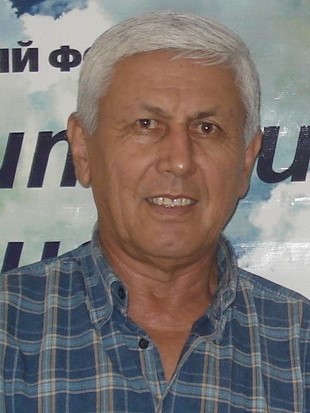
MAMASOBYR BURKHANOV
Working languages: Russian, Kyrgyz
rpn_osh@mail.ru
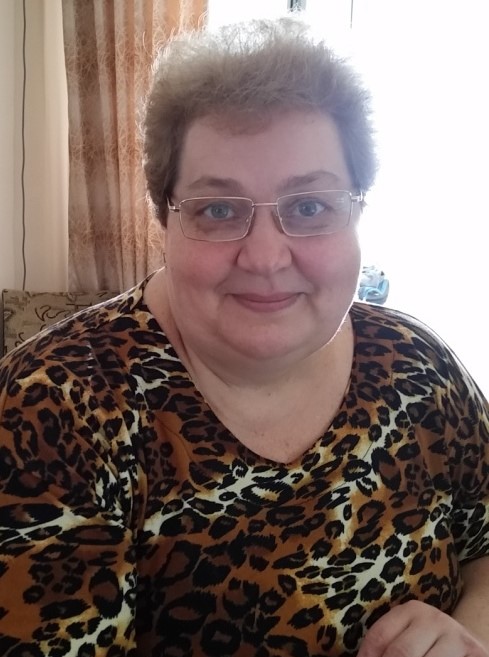
SVETLANA FEDOROVA
Working languages: Russian, English
fedorova-s.v@mail.ru

BATMA ESTEBESOVA
Working languages: Russian, English
batmaestebesova@mail.ru
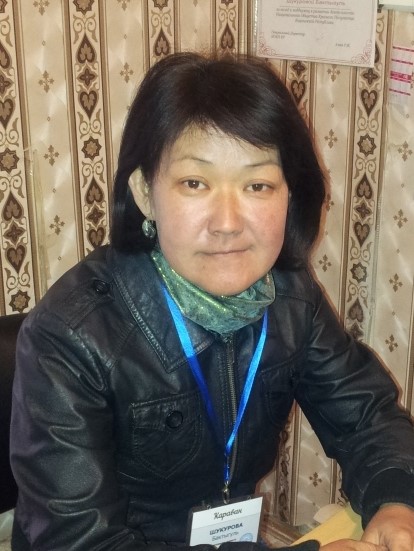
BAKTYGUL SHUKUROVA
Working language: Russian
b.israilova@mail.ru
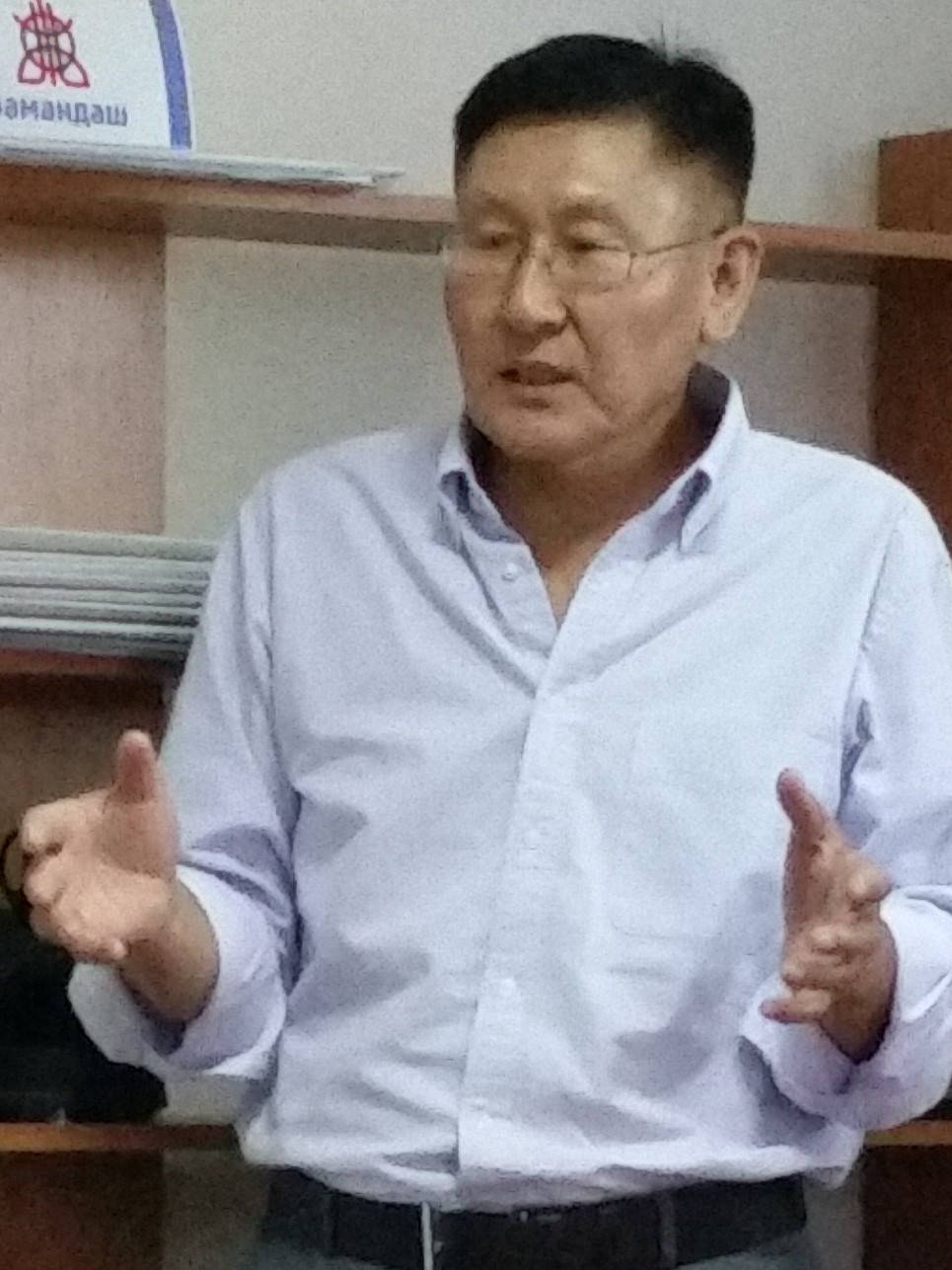
TYNCHTYKBEK ASANOV
Working languages: Russian, English
tk.asanov@gmail.com
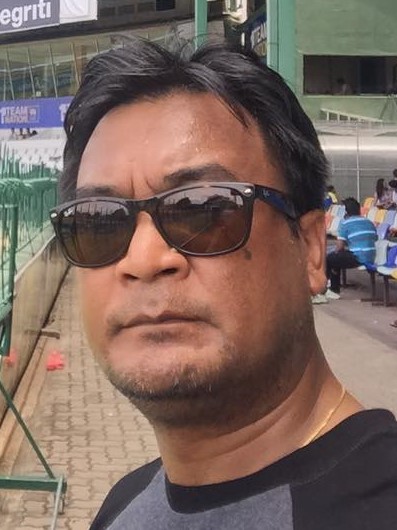
CHARAN SHARMA
Working languages: English, Hindi
csharma@allianceindia.org
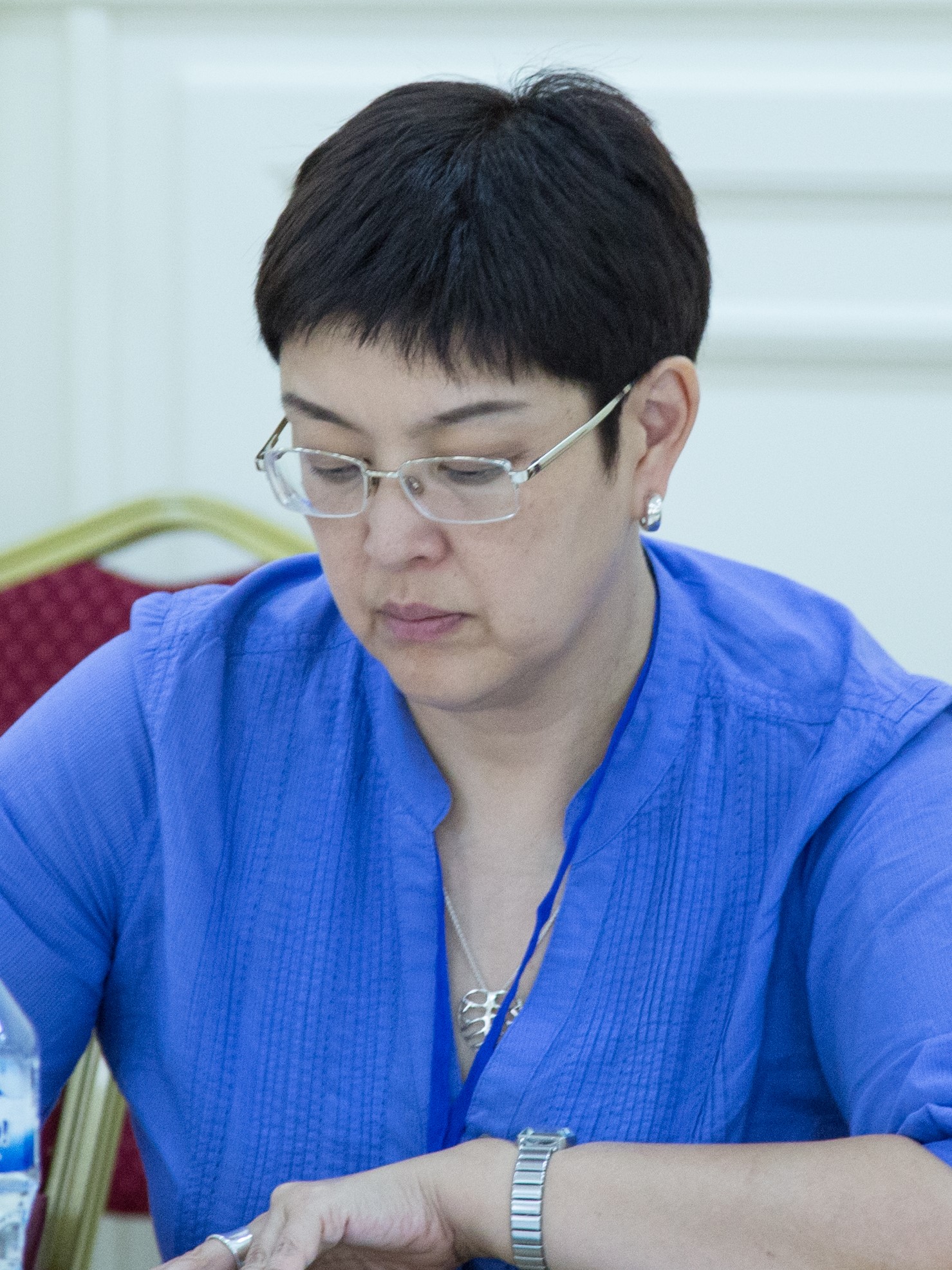
AINURA KADYRALIEVA
Working languages: Russian, English, Kyrgyz
ainura_kadyralieva@abtassoc.com
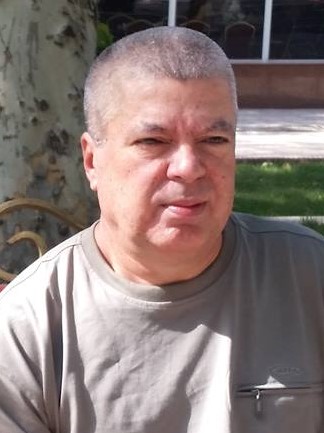
ALLOUDIN BOIMATOV
Working languages: Tajik, Russian
aboimatov@gmail.com

EKATERINE GARDAPKHADZE
Working languages: Georgian, Russian
aceso.eka@gmail.com

PERIZAT ASYLBAEVA
Working languages: Russian, Kyrgyz, English
perizata1@mail.ru

RENATA BAYAZITOVA
Working language: Russian
renata.bayazitova@mail.ru

AIDA PARPIEVA
Working languages: Russian, English
parpieva@gmail.com

RAVSHAN MAZHITOV
Working language: Russian
pluscentre.osh@gmail.com
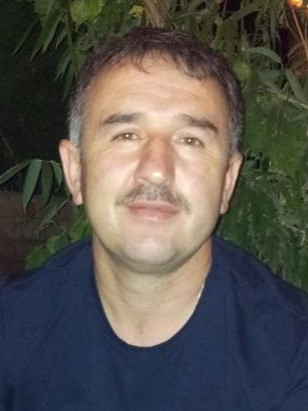
MARAM AZIZMAMADOV
Working languages: Shugni, Russian, Tajik
volunteer70@mail.ru

OLGA GONCHAROVA
Working languages: Russian, English
goncharova.ncph@gmail.com

SERGEI BESSONOV
Working language: Russian
s.bessonov@gmail.com


















